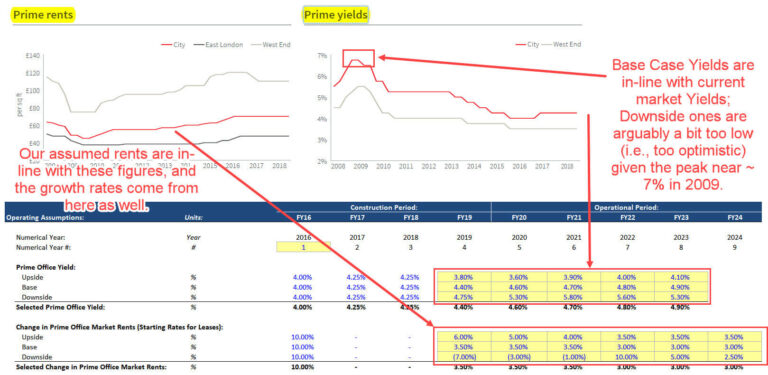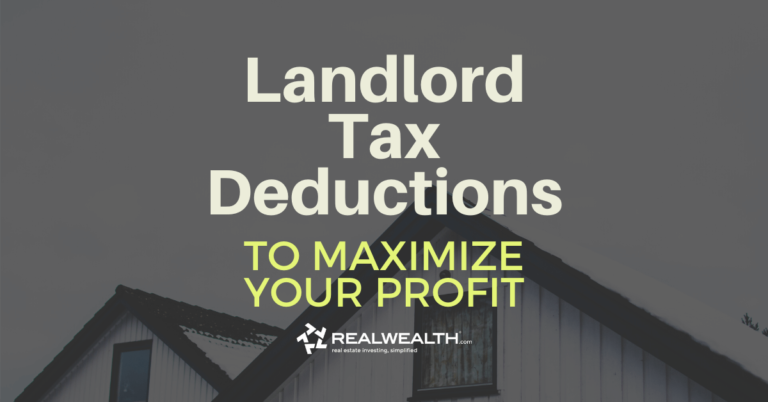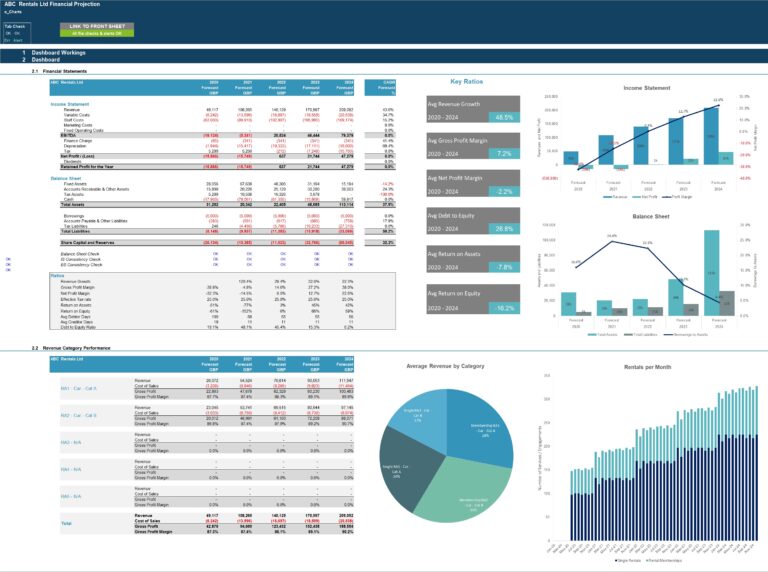How To Calculate Maximum Occupancy For Retail Space?
Are you a retail space owner or manager trying to figure out the maximum occupancy for your store? Well, look no further because I’m here to help! Calculating the maximum occupancy for a retail space is crucial for ensuring the safety and comfort of both your customers and staff. So, in this article, we’ll dive into the nitty-gritty details of how to calculate this important number.
Now, you might be wondering, why is it so important to know the maximum occupancy? Well, let me tell you, my friend! Understanding the maximum occupancy allows you to determine how many people can safely be inside your retail space at any given time. This is essential for complying with fire safety regulations and ensuring that your store doesn’t become overcrowded, leading to discomfort and potentially dangerous situations.
But wait, before we delve into the calculations, let’s take a quick moment to appreciate the significance of this topic. Just imagine the chaos and confusion that could arise if you didn’t have a clear understanding of your retail space’s maximum occupancy. Customers bumping into each other, long queues snaking through the aisles, and an overall feeling of claustrophobia… not exactly the shopping experience you want to provide, right?
So, get ready to learn the ins and outs of calculating maximum occupancy for your retail space. We’ll cover everything from square footage and occupancy load factors to safety codes and guidelines. By the end of this article, you’ll be equipped with the knowledge and tools to ensure a
Calculating the maximum occupancy for retail space is crucial for ensuring the safety and comfort of customers. Here’s a step-by-step tutorial on how to do it:
- Start by determining the total square footage of the retail space.
- Check the local building codes and regulations to find out the occupancy load factor.
- Divide the total square footage by the occupancy load factor to get the maximum occupancy.
Remember to consider factors like aisle width and the presence of fire exits when calculating maximum occupancy. By following these steps, you can ensure the retail space is compliant with safety regulations and provides a comfortable environment for customers.
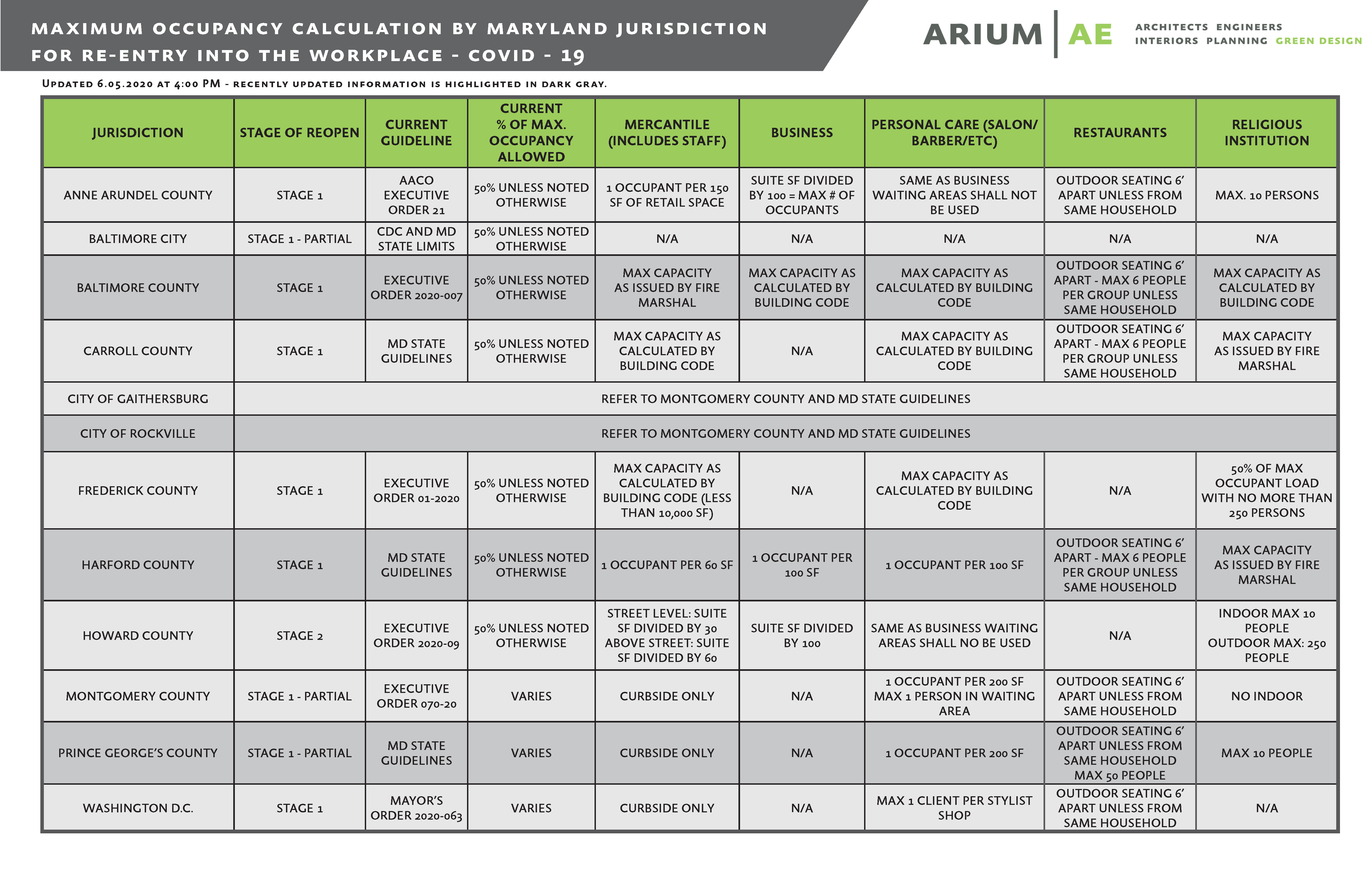
How to Calculate Maximum Occupancy for Retail Space?
Calculating the maximum occupancy for a retail space is crucial for ensuring the safety and comfort of both customers and employees. By determining the maximum number of individuals that can safely occupy the space, you can prevent overcrowding and comply with building and fire codes. In this article, we will explore the key factors and steps involved in calculating the maximum occupancy for a retail space.
Understanding Maximum Occupancy Regulations
When it comes to determining maximum occupancy, there are several regulations and guidelines that you need to consider. These regulations may vary depending on your location and the specific type of retail space you have. It is important to familiarize yourself with these regulations to ensure compliance and avoid any potential legal issues.
One of the primary factors that determine maximum occupancy is the square footage of the retail space. Different regions may have specific requirements for the amount of space needed per person. Additionally, the layout and design of the space, including the presence of exits, aisles, and fire safety equipment, also play a crucial role in determining occupancy limits.
Calculating Square Footage
To calculate the square footage of your retail space, you need to measure the length and width of each room or area within the space. Multiply the length by the width for each area and then add up the total square footage. This will give you an accurate measurement of the space that can be used to determine maximum occupancy.
Once you have the square footage, you can refer to local regulations or guidelines to determine the amount of space required per person. For example, if the regulation states that you need 20 square feet per person, divide the total square footage of your space by 20 to get the maximum occupancy.
Considerations for Layout and Design
In addition to square footage, the layout and design of your retail space are important factors in determining maximum occupancy. The presence of exits, aisles, and fire safety equipment should be carefully considered when calculating occupancy limits.
Exits should be clearly marked and easily accessible from all areas of the retail space. Adequate aisle space should be provided to allow for smooth movement of customers and employees. Fire safety equipment, such as extinguishers and sprinkler systems, should be properly installed and maintained.
Benefits of Calculating Maximum Occupancy
Calculating the maximum occupancy for your retail space offers several benefits. First and foremost, it helps ensure the safety and well-being of everyone in the space. By preventing overcrowding, you can reduce the risk of accidents and emergencies.
Additionally, knowing the maximum occupancy allows you to plan your store layout and operations more effectively. You can allocate space for different product displays, checkout counters, and other areas based on the maximum number of customers you can accommodate.
Compliance with Building and Fire Codes
Calculating and adhering to the maximum occupancy regulations is essential for compliance with building and fire codes. Failure to comply with these regulations can result in fines, closure of your retail space, or even legal action. By determining and following the maximum occupancy guidelines, you can ensure that your space is safe and compliant.
Regularly reviewing and updating your maximum occupancy calculations is also necessary. As your retail space evolves and changes, such as during seasonal sales or renovations, you should reevaluate the maximum occupancy to reflect any modifications in the layout or design.
Tips for Ensuring Safe Occupancy
While calculating maximum occupancy is crucial, there are additional steps you can take to ensure the safety and comfort of everyone in your retail space:
- Provide clear signage indicating the maximum occupancy and any specific rules or guidelines.
- Regularly train your staff on emergency procedures, including evacuation plans.
- Maintain clear and unobstructed exit routes at all times.
- Perform regular inspections of fire safety equipment and ensure it is in proper working condition.
- Consider implementing a monitoring system to track the number of individuals entering and exiting the space.
Conclusion
Calculating the maximum occupancy for a retail space is essential for maintaining a safe and compliant environment. By considering factors such as square footage, layout, and design, you can determine the maximum number of individuals your space can accommodate. This information not only ensures the safety of customers and employees but also helps you plan and optimize your retail operations. Remember to always comply with local regulations and regularly review and update your maximum occupancy calculations to reflect any changes in your space.
Key Takeaways: How to Calculate Maximum Occupancy for Retail Space?
- 1. Determine the total square footage of the retail space.
- 2. Check local building codes and regulations for occupancy limits.
- 3. Calculate the occupant load factor based on the type of retail business.
- 4. Divide the total square footage by the occupant load factor to get the maximum occupancy.
- 5. Regularly review and update maximum occupancy calculations to ensure compliance and safety.
Frequently Asked Questions
What factors should be considered when calculating maximum occupancy for retail space?
When calculating the maximum occupancy for retail space, several factors should be taken into consideration:
1. Square footage: Measure the total area of the retail space to determine how many people can comfortably fit. This includes both the sales floor and any additional areas such as storage or offices.
2. Building codes and regulations: Check local building codes and regulations to ensure compliance with occupancy limits. These codes may specify the maximum number of people allowed per square foot or per specific use.
How do you calculate the square footage of a retail space?
To calculate the square footage of a retail space, follow these steps:
1. Measure the length and width of each section of the space, including the sales floor, storage areas, and offices.
2. Multiply the length by the width for each section to find the square footage of that area.
3. Add together the square footage of all sections to find the total square footage of the retail space.
What is the importance of complying with occupancy limits in retail spaces?
Complying with occupancy limits in retail spaces is crucial for several reasons:
1. Safety: Overcrowding can pose significant safety risks, such as difficulty evacuating during emergencies or increased fire hazards. Following occupancy limits helps ensure the safety of both customers and employees.
2. Comfort: Exceeding occupancy limits can lead to a cramped and uncomfortable shopping experience for customers. By adhering to these limits, retailers can create a more pleasant environment for everyone.
Are there any exceptions to occupancy limits for retail spaces?
There may be exceptions to occupancy limits for retail spaces in certain situations. These exceptions are typically granted on a case-by-case basis and require approval from local authorities. Examples of potential exceptions include:
1. Temporary events: If a retail space is hosting a special event or sale, temporary adjustments to occupancy limits may be permitted. However, these exceptions are often subject to specific guidelines and time restrictions.
2. Building modifications: If a retail space undergoes structural modifications to improve safety measures, the occupancy limits may be adjusted accordingly. These modifications must meet the requirements set by local building codes and regulations.
Who is responsible for enforcing occupancy limits in retail spaces?
The responsibility for enforcing occupancy limits in retail spaces typically falls on the local authorities, such as fire departments or building code inspectors. It is important for retailers to be aware of the regulations and guidelines in their specific area and cooperate with these authorities to ensure compliance. Additionally, retailers themselves should actively monitor and manage the number of people in their store to maintain a safe and comfortable environment for customers and employees.
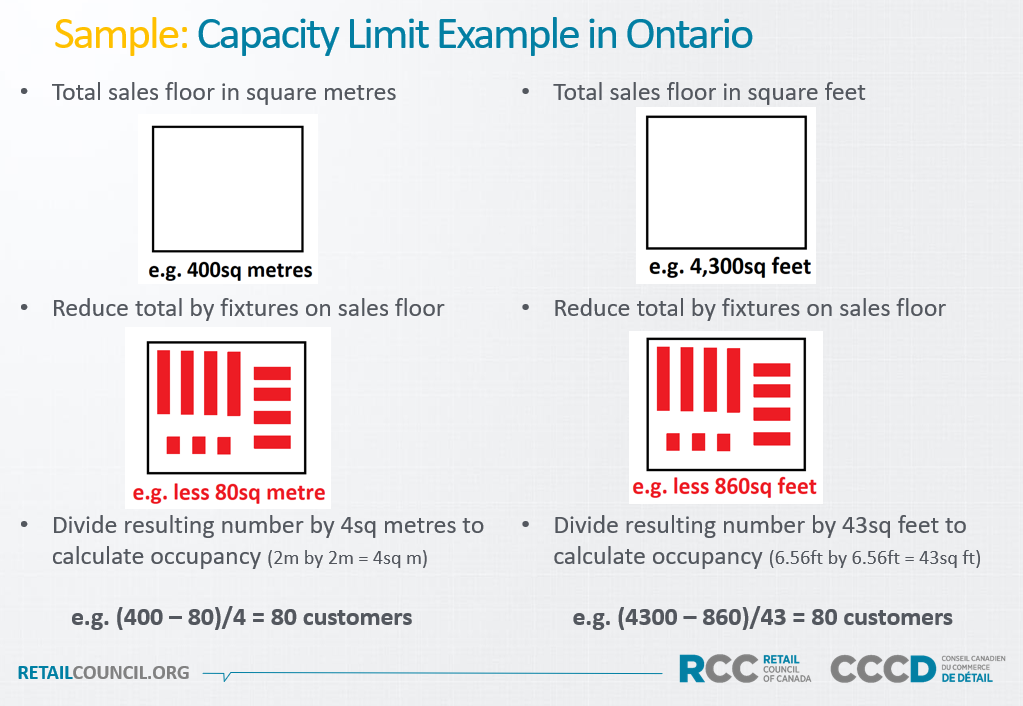
Occupant Load 6-0
Final Summary: How to Calculate Maximum Occupancy for Retail Space?
So, you’ve got your retail space all ready to go, but now you’re wondering, “How do I determine the maximum occupancy for my store?” Well, fear not, because we’ve got you covered! Calculating the maximum occupancy for a retail space is essential for ensuring the safety and comfort of both your customers and staff. Let’s dive right in and break it down for you.
First and foremost, it’s important to consider the square footage of your retail space. The general rule of thumb is to allow at least 30 square feet of floor area per person. This accounts for both the space needed for customers to browse and move around comfortably, as well as the area required for any fixtures, displays, or checkout counters. However, keep in mind that this guideline may vary depending on local regulations and the type of retail establishment you have.
In addition to square footage, you’ll also want to consider the layout and flow of your store. Are there any narrow aisles or obstacles that may impede movement? If so, you may need to adjust your maximum occupancy accordingly to ensure a smooth and safe shopping experience. Safety should always be a top priority, so be sure to consult any applicable building codes or regulations to ensure compliance.
Calculating the maximum occupancy for your retail space may seem like a daunting task, but with a little bit of math and careful consideration, you can create a shopping




